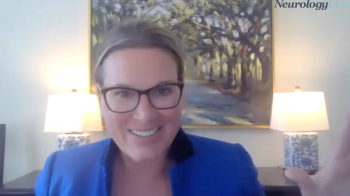
The chief executive officer of the Child Neurology Foundation provided insight on her new position at the National Health Institute’s National Advisory Neurological Disorders and Stroke Council. [WATCH TIME: 4 minutes]

The chief executive officer of the Child Neurology Foundation provided insight on her new position at the National Health Institute’s National Advisory Neurological Disorders and Stroke Council. [WATCH TIME: 4 minutes]

As of the cutoff date, median time to first hospitalization was not yet reached in the AMX0035 treatment group compared with 14.1 months in the group originally randomized to placebo.
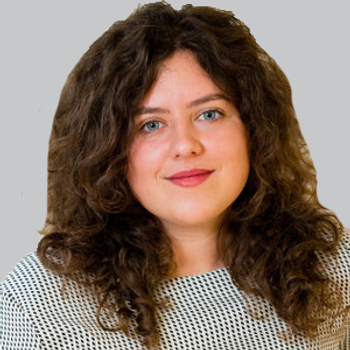
When compared with healthy controls, patients with SMA type 3 performed worse on tests that assessed executive function, language, and visuospatial abilities, suggesting that intrinsic brain pathology may exist in these patients.
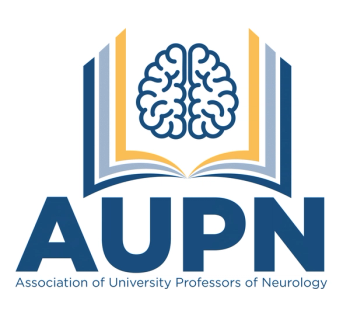
David G. Standaert, MD, PhD; Wolfgang Muhlhofer, MD; and Latisha Sharma, MD, share their experience in applying simulation-based learning in Neurology and will discuss the current state and future potential of this approach. [WATCH TIME: 1 hour, 25 minutes]

Confounders such as parental characteristics, sociodemographics, and pregnancy-specific factors led to an attenuated risk of seizures and epilepsy in children whose mothers were on SSRIs or SNRIs.
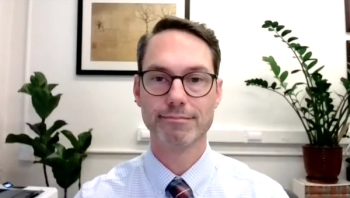
In light of ALS Awareness Month, the associate professor of neurology at Columbia University discussed the ways in which advocacy has provided a platform for patients and improved conversations in care. [WATCH TIME: 6 minutes]

Here's what is coming soon to NeurologyLive®.

Test your neurology knowledge with NeurologyLive®'s weekly quiz series, featuring questions on a variety of clinical and historical neurology topics. This week's topic is sleep disorders.
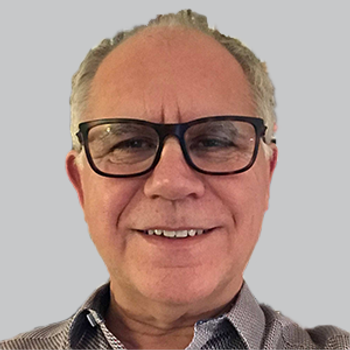
The cofounder and chief scientist at Big Health and professor of sleep medicine at the University of Oxford discussed the recent findings of a study of Sleepio in poststroke rehabilitation and the role that cognitive behavioral therapy could play in that care process.

Neurology News Network for the week ending May 14, 2022. [WATCH TIME: 4 minutes]
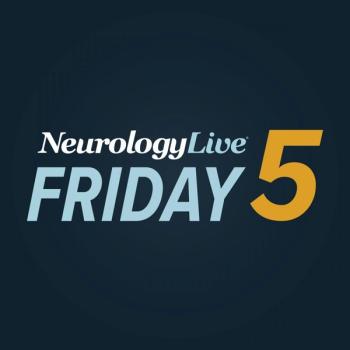
Take 5 minutes to catch up on NeurologyLive®'s highlights from the week ending May 13, 2022.
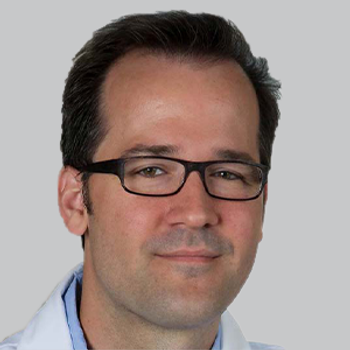
John F. Crary, MD, PhD, and Jerry Fernandez, MD, offer insight into PreciseDx's AI Morphology Feature Array and how this technology can improve neuropathology and diagnosis for neurodegenerative diseases, such as Parkinson disease.
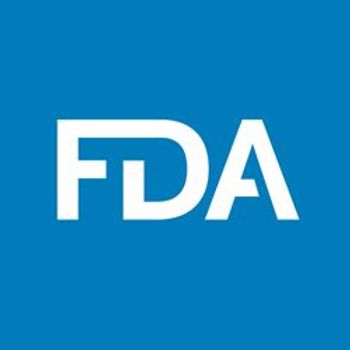
The oral version offers the same efficacy as the previously approved intravenous treatment.

The associate professor of neurology at Columbia University discussed the role of genetics in ALS and how it compares to other neurodegenerative disorders, as well as why having a variety of large databases will prove positive for the field. [WATCH TIME: 4 minutes]
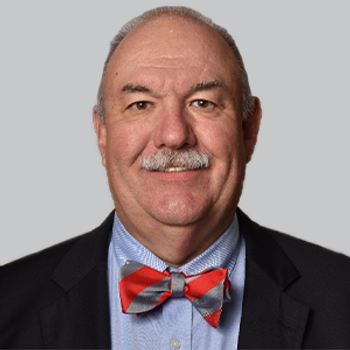
A Harris Poll conducted by Quest Diagnostics suggests that more than 65% of US physicians believe the Alzheimer disease field is on the cusp of a breakthrough, with more than 80% noting that earlier evaluation with blood testing may help improve therapeutic approaches.

The digital cognitive behavioral therapy improved sleep for almost half of the study cohort and showed additional signs of improvement for depression and anxiety among individuals in rehabilitation for stroke.

The associate professor of neurology at Columbia University spoke to the recent progress made in ALS research and how the neuromuscular field has pushed the envelope to improve care and develop a cure for the disease. [WATCH TIME: 4 minutes]
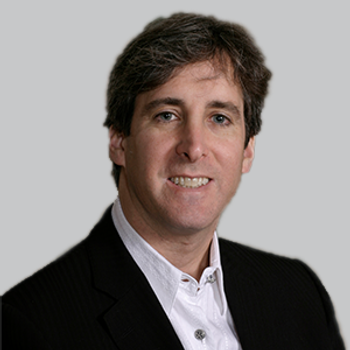
Since its approval for the treatment of medical refractory epilepsy in 2013, the closed-loop neuromodulation device has had its efficacy and safety confirmed in several pivotal studies and will now be assessed in focal epilepsy in the RESPONSE trial.

With a burst of activity in recent months, the pipeline of development for amyotrophic lateral sclerosis has proven to be a miniature likeness of the wider progress being made in the care and management of neuromuscular disorders.
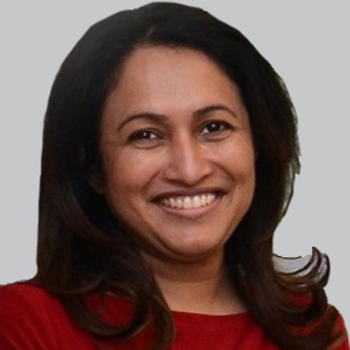
In a population of adults younger than 50 years with embolic stroke of undetermined source, despite repeated diagnostic workup at the time of recurrent stroke, no source of embolus was identified for two-thirds of participants with recurrent ischemic strokes.

From Standard-of-Care Injectables to Next-Generation S1P Receptor Modulators, Newer Treatments Offer Patients Options

Episode 21 of the AUPN Leadership Minute features Alissa Willis, MD, of University of Mississippi Medical Center; and Michael Dobbs, MD, MHCM, of University of Texas at Rio Grand Valley. [WATCH TIME: 5 minutes]

Following the positive phase 3 findings, UCB plans to file regulatory submissions for both zilucoplan and rozanolixizumab later this year.
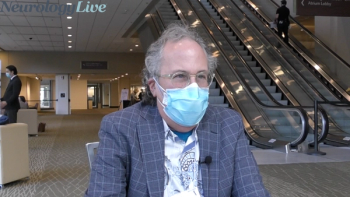
The director of the Division of Movement Disorders at the USC Keck School of Medicine discussed the efforts needed to validate tears as a biomarker in patients who don’t present with typical Parkinson disease. [WATCH TIME: 4 minutes]
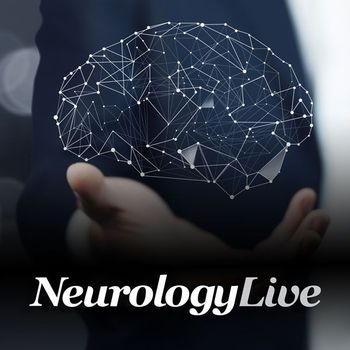
Those using riluzole concomitantly experienced even greater benefit from methylcobalamin, as demonstrated by increased differences in scores on ALSFRS-R vs placebo, suggesting the combination may be effective in ALS.
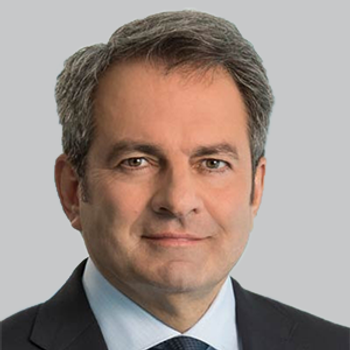
The biologics license application includes data from the pivotal phase 2b proof-of-concept trial, its open-label extension, and the ongoing phase 3 Clarity AD study, which includes almost 1800 participants.
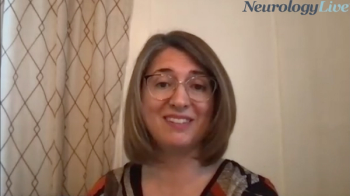
The assistant professor of neurology and director of the Parkinson’s Disease & Movement Disorder Program at Global Neurosciences Institute discussed the need to understand the chemical markers that trigger nonmotor symptoms of Parkinson disease. [WATCH TIME: 3 minutes]

Both fenfluramine dose groups showed significant decreases in generalized tonic-clonic seizures, whereas those on placebo showed worsening of their condition.

Across a 58-patient cohort, ravulizumab’s safety and tolerability were consistent with previous clinical studies, with most patients opting to enter a long-term extension period following the study.

Baseline cognition and function were highly correlated in those with mixed Alzheimer and Lewy body dementia pathologies, but not in pure Alzheimer disease nor pure dementia with Lewy bodies.